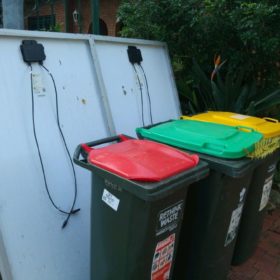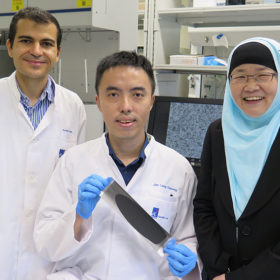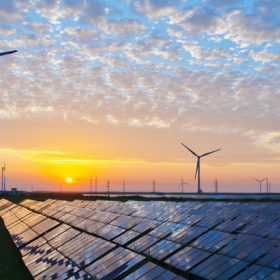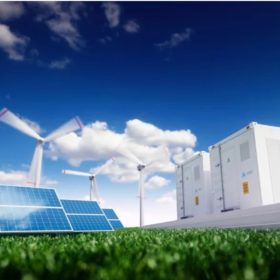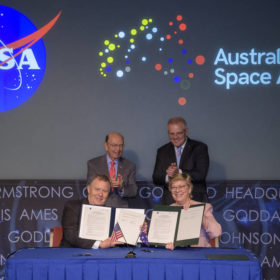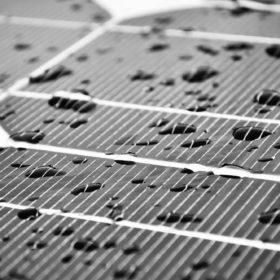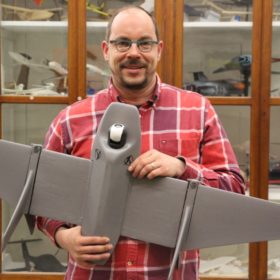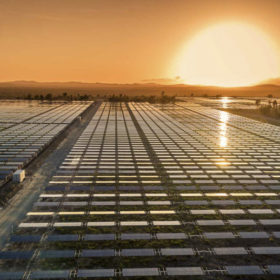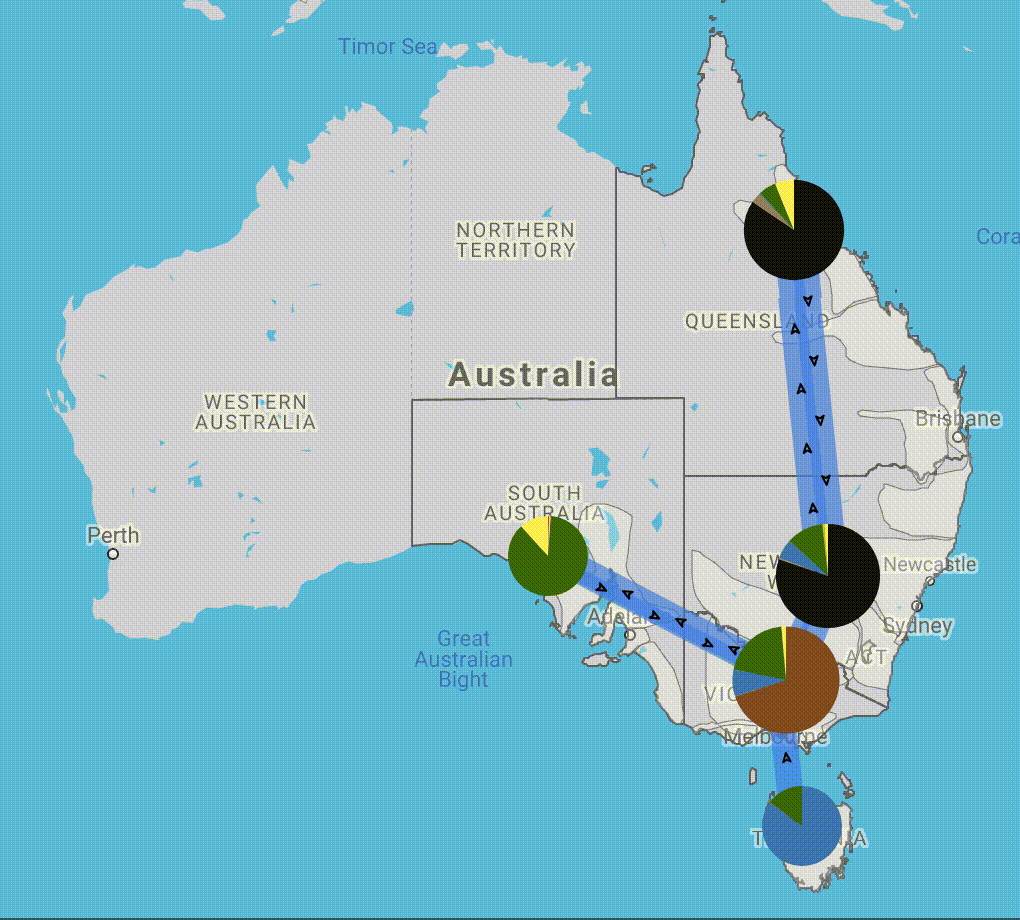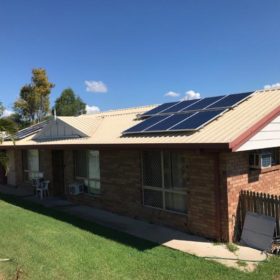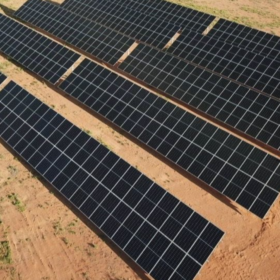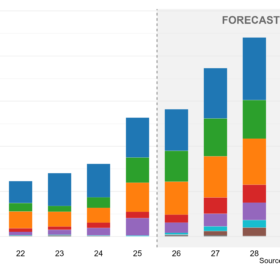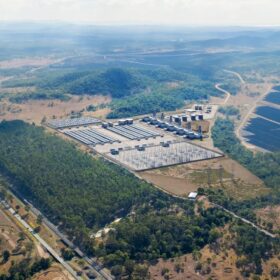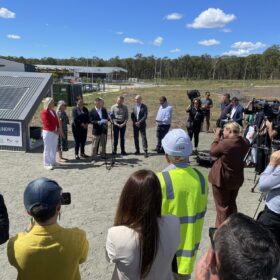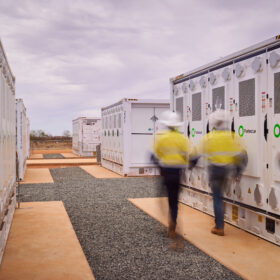Deakin researchers find ‘Holy Grail’ of PV module recycling
Researchers from Deakin’s Institute for Frontier Materials claim to have solved the biggest problem that’s preventing photovoltaic cells from being recycled.
A carbon scaffold to boost lithium-sulfur performance
Scientists at Singapore’s Agency for Science, Technology and Research have developed a new method to produce lithium-sulfur based cathodes which exhibit stable performance and high storage capacity over 200 cycles. According to the agency, this represents “a promising step towards the commercialization of lithium-sulfur batteries.”
Australia is transitioning to clean energy the hard way, Grattan Institute report shows
Public policy think-tank Grattan Institute has released a new report on energy policy, or lack thereof. The report, entitled Power Play: How governments can better direct Australia’s electricity market, makes a comprehensive overview of the current state of affairs and makes concerted recommendations.
Monash University researchers make electrolysis breakthrough
Researchers at Monash University have managed to find a way past one of the few remaining roadblocks to producing industrial quantities of hydrogen gas through electrolysis via solar energy.
Australia joins solar powered space race
The Australian Space Agency (ASA) has joined the next generation, or rather this generation, space race, between the U.S. and China. A $150 million investment from the Morrison Government into the ASA will see Australia partner with NASA on its next sustainable exploratory missions.
We can make roof tiles with built-in solar cells – now the challenge is to make them cheaper
Despite being such a sunkissed country, Australia is still lagging behind in the race to embrace solar power. While solar panels adorn hundreds of thousands of rooftops throughout the nation, we have not yet seen the logical next step: buildings with solar photovoltaic cells as an integral part of their structure.
As EVs build momentum, why is electric aviation still grounded?
Why is electric aviation still up in the air? Or rather, why isn’t it up in the air? We have Teslas on our roads, Melbourne’s trams are powered by solar, and trains are connected to the grid already, but why is electric aviation lagging behind?
ANU set to provide blueprint for Australia’s renewable export industry
The Australian National University (ANU) has launched a new research project to provide a blueprint by which Australia can look to install itself as the renewable energy powerhouse of the region. The project raises both political and feasibility questions about Australia’s economic future.
ITP Renewables releases free open-source modelling platform for the energy transition
ITP Renewables has released Version 1 of open-CEM, an open-source modelling platform that allows users play out tailored made energy-transition scenarios on the National Electricity Market (NEM) for years simulated up to 2050. The platform is an extraordinary tool for investors, policy makers, project developers and the public.
New research shows small-scale solar PV can alleviate energy poverty
A new industry research project by Swinburne University investigated the effectiveness of small-scale solar PV in alleviating energy poverty for cooperative housing tenants, finding key benefits brought about by solar PV integration.
